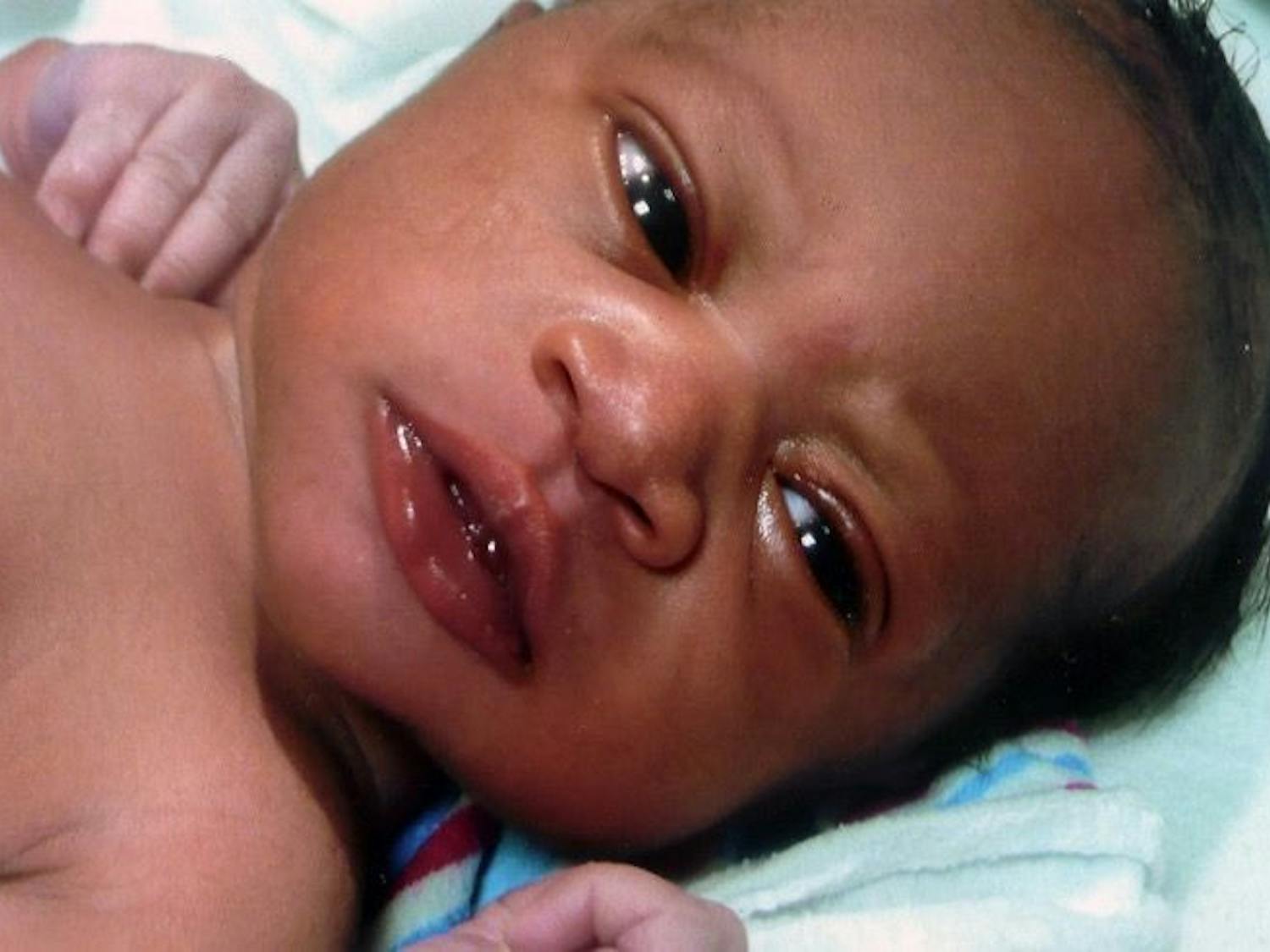“Super Smash Bros. for Wii U” Nintendo’s fourth installment in the series, was released on Nov. 21. And although the game’s developers had great expectations to deliver to fans, they managed to shoot even higher.
“Super Smash Bros. for Wii U” is a fighting game where players battle using different popular video game characters. Most of the characters are Nintendo’s own, such as Mario, Princess Peach, Donkey Kong and Pikachu. Many of the characters, however, are from third-party franchises, such as Sega’s Sonic the Hedgehog, Capcom’s Mega Man and Namco’s Pac-Man.
The game’s characters are more balanced in this edition of the series than any other. Once the player becomes familiar with the fighters, it becomes apparent that each one has their own strengths and weakness. This is especially evident in some of the franchise’s newer fighters. Little Mac, a boxing character, is very fast and powerful on the ground, but he lacks recovery, almost to the point where if he is knocked off the stage, there is no chance of him being able to save himself. Some characters, like the Duck Hunt Duo, depend entirely on creativity and baiting your opponent. No character feels out of place or overpowered.
This is the second version of Smash 4 to be released, with the first being on the Nintendo 3DS. The portable version gave players just a taste of what the console version would be like, as the console version has much more to offer, mainly in game modes. “Super Smash Bros. for Wii U” supports an eight-player mode, which doubles the previous maximum number of fighters allowed at once. Although the eight-player battles can feel chaotic at times, it never feels completely overwhelming.
Another fun new mode is the Smash Tour, which is a game that has a board game-like feel, much like “Mario Party.” In this mode, players spin for a number that tells them how many spaces they can move, and the players try to collect stat buffs, different fights to use and trophies to help them on the board or in battle. The mode is more fun with friends, however. It feels very much like a board game, complete with trash talk and extreme competitiveness.
The Event Match mode stands superior. In this mode, the player completes situational challenges, like waiting until a character transformed before KO-ing her or fighting eight people in a row without healing. These were introduced in the series’ second game, “Super Smash Bros. Melee,” and were well received. The Event Matches were less fun in “Super Smash Bros. Brawl” because the challenges seemed less creative and less fun. Fortunately, the status was restored with extremely fun matches that seemed to be based on the fighters’ stats instead of forcing a narrative. The menu is by default set as a map, but there is an option to switch the challenges in a list to make it look more organized.
The graphics in “Super Smash Bros. for Wii U” are absolutely beautiful, with the game running in 1080p at 60 frames per second. The stages, while cartoony, feel very real. The moving backgrounds are very cinematic and are nearly as fun as playing the game itself. But at the same time, they aren’t distracting at all and only add to the mood of the fight.
Although most of the game’s music is from various franchises, the game’s score is nearly perfect, with its blend of original music and rearranged pieces from other games. There are over 500 different songs in the game, and you can set any of them to play while you decided to navigate through the menus. There’s nothing better than deciding what game mode to play while listening to “Gerudo Valley” from Ocarina of Time.
Even though the game’s pros heavily outweigh its cons, it was not without fault. The Wii U Game Pad, a tablet-like controller for the console, is very difficult to play the game with. The controller felt too big and it was easy to get the L, ZL, R and ZR buttons confused. It was also very annoying to realize that the player can’t use the Game Pad’s touch screen to navigate through the menus. That seemed like an obvious feature. Luckily, a Gamecube controller adapter can be purchased with the game, and it really shows how much a controller can make a gaming experience.
The new “Classic mode” was by far the worst change to the game, as it deviated far from anything classic. In previous games, the player would fight different enemies in a certain order. In “Super Smash Bros. for Wii U,” the player chooses a fight between several choices, with most of the choices having more than four fighters involved. This makes higher difficulties extremely difficult, as it can be cumbersome to take out 5-7 high level enemies before getting defeated.
The game’s online multiplayer is exciting and easily the most difficult part about the game, but has been extremely laggy and almost unplayable. The game will drop down to less than half of its normal speed. Hopefully, Nintendo is working on that.
“Super Smash Bros. for Wii U” is not a perfect game, but it is what fighting games should strive to be like. The gameplay is tremendously fun and engaging, while being simple enough for newer players. The graphics are stunning and show the world just what the Wii U’s hardware is capable of. The new characters don’t bog the game down in any way and are welcome additions. Aside from the game’s new direction in Classic mode and its still still evolving multiplayer, it is the best game on the Wii U to date.



